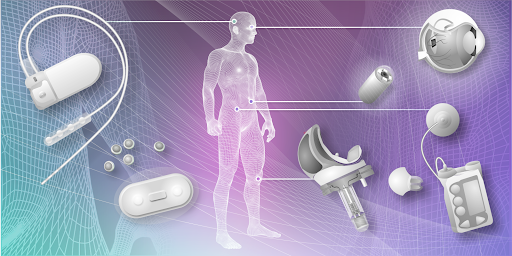Smart implants are
implantable healthcare devices that have both therapeutic & diagnostic
functionalities. When used as diagnostics, they provide real-time information
about the body's inside environment using the sensors embedded in them. It, in
turn, can help healthcare professionals tailor treatments and detect adverse
events earlier. Besides, integrating these devices into daily clinical practice
can provide significant benefits to the healthcare system, such as reduced
recovery times, fewer lost work days post-surgery, and less number of
readmissions, and fewer complications.
With rapid technological
advancements in the healthcare sector and the mounting demand for providing
pervasive & personalized medical care to patients, a recent study by
MarkNtel Advisors has projected around 8.62% CAGR for the Global Smart
Implants Market during 2022-27. Additionally, the combination of
minimally invasive techniques and smart implants has created a scope for
treating several diseases, monitoring chronic conditions in real time, and
providing patient-centric care.
Why are Orthopedic Implants so Popular?
The rising orthopedic
surgeries worldwide have surged the demand for orthopedic implants, as they
offer benefits like comprehensive blood management, multimodal pain management,
& post-operative care management, which can assist in the effective
treatment of ortho-related ailments. Knee osteoarthritis is one of the most
common musculoskeletal pathologies globally, and patients who fail conventional
therapeutics undergo TKA (Total Knee Arthroplasty), i.e., considered the
gold-standard treatment.
On the other hand, smart
implants are made of several materials, including metal, cobalt, titanium,
bone cement, alloy, polyethylene, & silicone, among others. However,
titanium is the most prominent one, owing to its excellent biocompatibility,
i.e., due to the formation of a stable oxide layer on the surface, coupled with
its bio-inert & bio-tolerant properties.
Nevertheless, with the
rising prevalence of hip replacement surgeries, polyethylene is another
bio-inert material gaining significant traction worldwide since it can notably
lower the risk of revision surgery requirements after hip replacements.
Conclusion
With benefits like efficient
patient data mining & management, remote disease monitoring &
progression, drug adherence, etc., smart implants have immense potential in
personalized & precision medicine. However, there exist a few challenges to
its scalability in some countries with poor infrastructure, cultural barriers,
legal & health policy issues, resistance by regulatory bodies, inadequate
funding, data privacy concerns, and lack of trained healthcare professionals.
Hence, there is a dire need
for such countries to curate strategies in order to strengthen the current
landscape of implant services by substantial investments, public-private
partnerships, proper training of healthcare staff, encouraging community
engagement, and creating regulatory policies for these devices in healthcare
settings, which, consequently, would generate remunerative prospects for the leading
companies in the smart implants industry in the years to come.




0 Comments